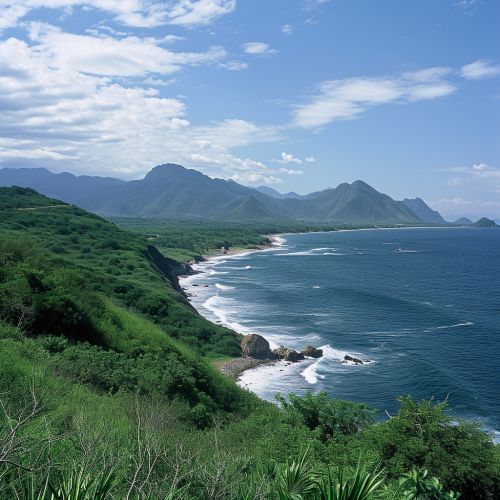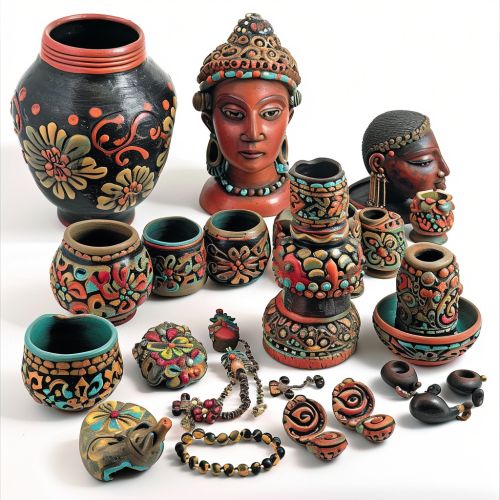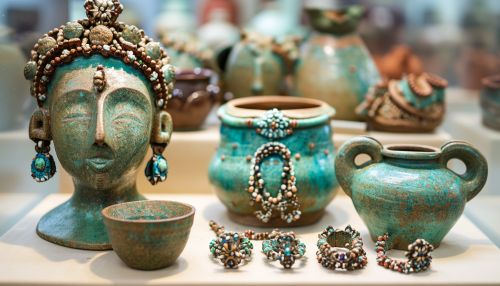Totonac civilization
Origins and Early History
The Totonac civilization, a pre-Columbian Mesoamerican culture, originated in the eastern coastal and mountainous regions of Mexico, primarily in the modern-day states of Veracruz and Puebla. The term "Totonac" refers to the people living in Totonacapan, which can be translated as "The Place of the Hot Land". The Totonacs were known for their advanced civilization, which flourished from around the 1st to the 15th century AD.


The Totonacs were one of the earliest Mesoamerican cultures to develop a writing system, which was a combination of pictographic and ideographic elements. They also developed a complex calendar system, similar to the Maya and Aztec calendars.
Society and Culture
Totonac society was stratified, with a ruling class, a warrior class, a merchant class, and a large population of farmers and laborers. The ruling class was composed of the city-state's ruler, his family, and a council of nobles. The warrior class was responsible for the defense of the city-state and for capturing enemies for sacrifice.
The Totonacs were polytheistic, worshipping a pantheon of gods. The most important deity was the storm god, who was associated with the east, the color red, and the planet Venus. Other important deities included the sun god, the moon goddess, and the maize god.
The Totonacs were skilled craftsmen, producing fine pottery, sculpture, and jewelry. They were particularly known for their work in gold and jade. They also developed a distinctive style of architecture, with buildings often decorated with elaborate friezes and murals.


Economy
The economy of the Totonac civilization was based on agriculture, with maize, beans, squash, and chili peppers being the main crops. They also cultivated cotton and cacao. The Totonacs were also involved in long-distance trade, exchanging goods with other Mesoamerican cultures.
Decline and Legacy
The decline of the Totonac civilization began in the 15th century, when they were conquered by the Aztecs. Despite this, the Totonacs maintained much of their culture and continued to influence Mesoamerican civilization. Today, the Totonac people still live in the regions of Veracruz and Puebla, preserving their language and many aspects of their ancient culture.
